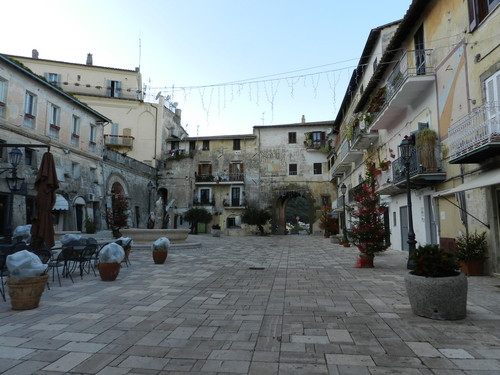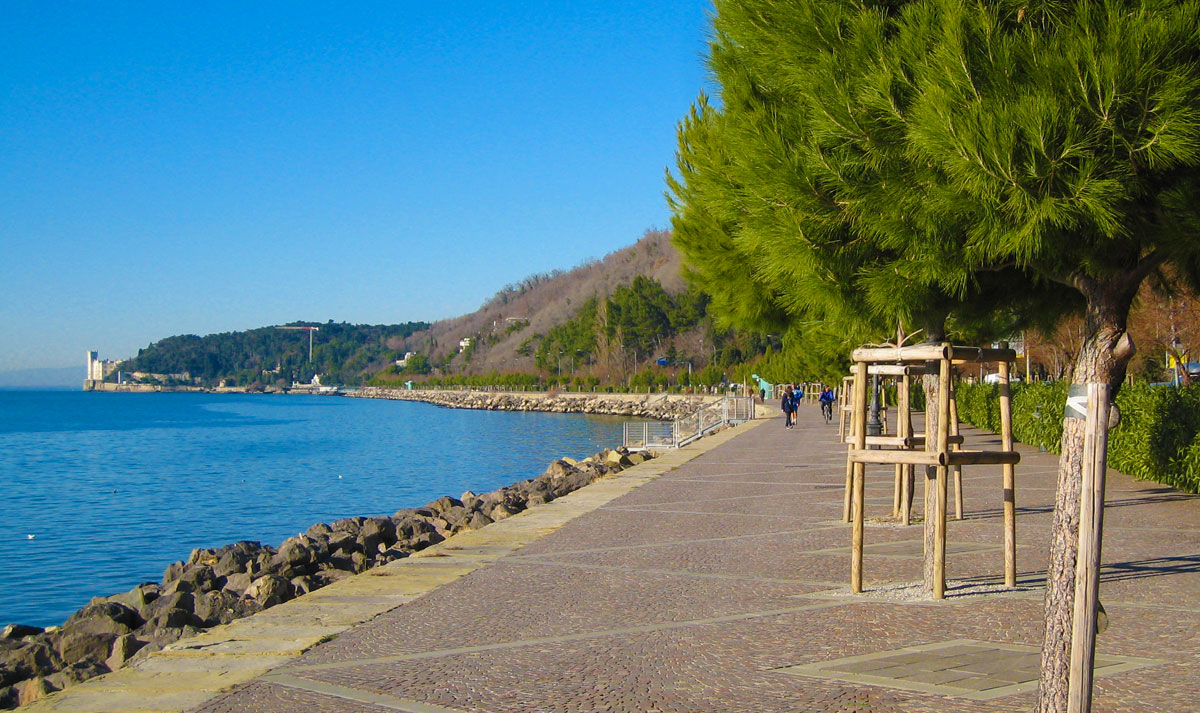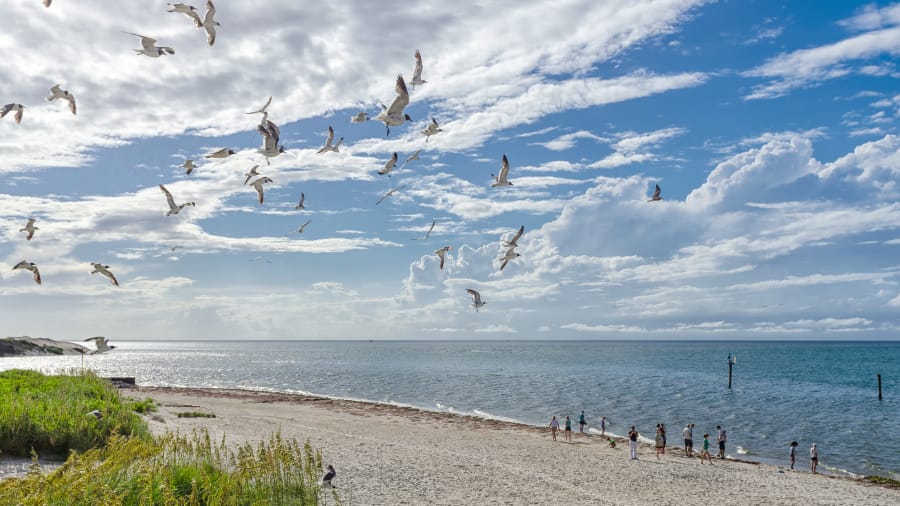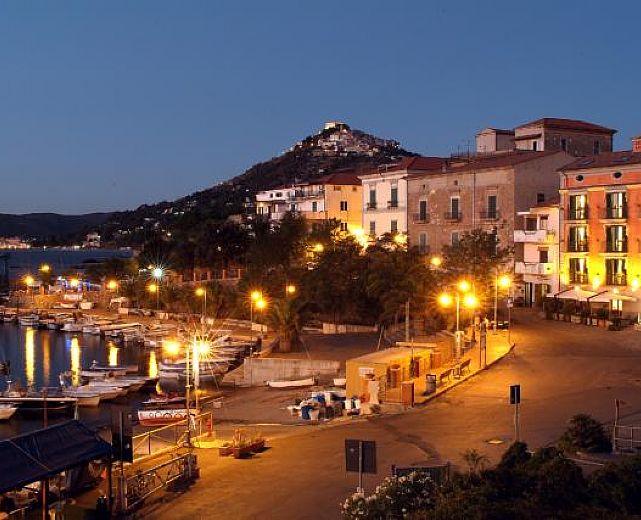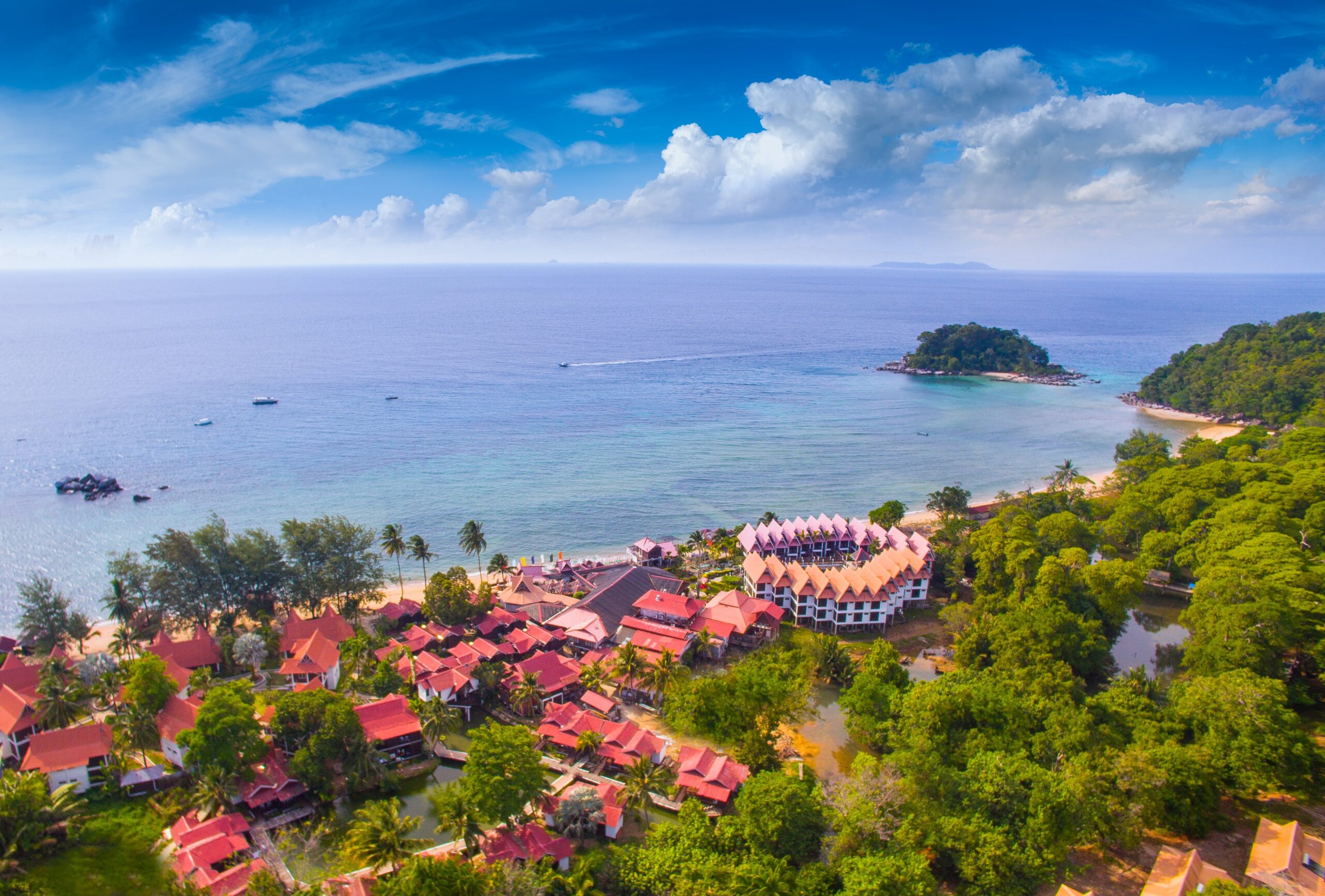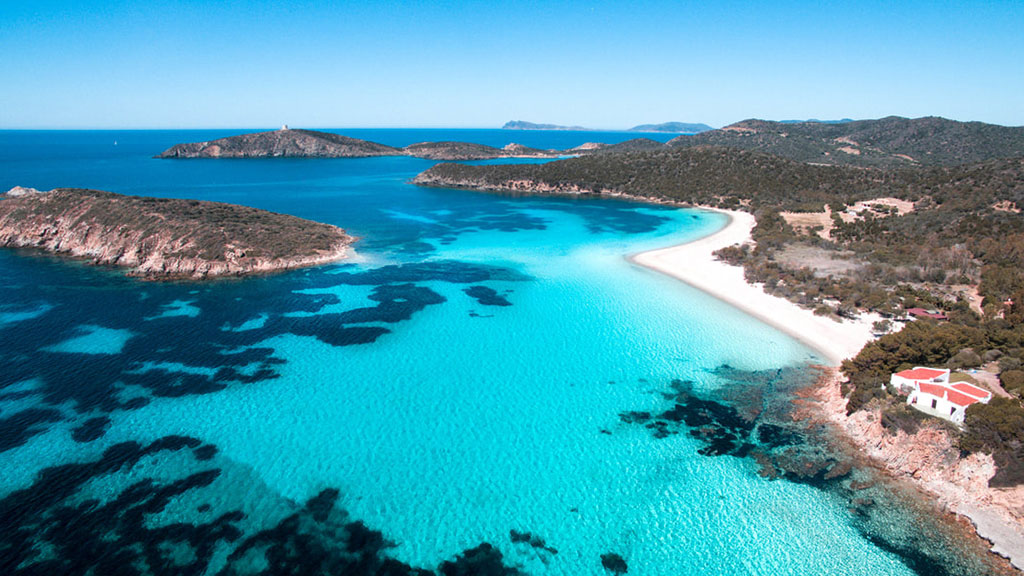Circeo, according to Pliny and Strabo, was the southern limit of Latium Vetus, the motherland of the Latins. Ancient literary sources inform us of the presence on the promontory of a Latin colony at the end of the 6th century BC, and archaeological evidence confirms this. In the locality of Colle Monticchio, some finds attributable to a temple of the Archaic period have been found, and the oldest walls of the town, in early polygonal work, are attributed to the 6th century BC. The Roman-Carthaginian Treaty of 509 B.C. lists Circeii among the various Latin cities in Latium that were not to be harassed because they were under the control and influence of Rome.
During this period another Italic population from the center of the peninsula, the Volscians, who according to tradition occupied Circeii in 491 BC, also began to infiltrate the territory.
Finally reconquered by the Romans, a second Latin colony was deduced there in 393 BC. To this period probably dates the construction of the Acropolis wall, made of polygonal work, which in turn was connected to the polygonal enclosure of the town by a defensive wall, within which ran a road leading up to the Acropolis itself.
The city was of modest size, had a rectangular shape, and possessed two gates one to the north (the present entrance in Vittorio Veneto Square) and one to the southeast. Unlike its territory, which saw considerable development at the end of the Republican age, the city never had great importance. In imperial times the area of Torre Paola became the center of all activity and also the favored place for the construction of residential villas, thanks to the construction of the canal port. The Via Severiana, built by Septimius Severus in the third century AD, may also have passed through here, which the sources tell us about. The Tabula Peutingeriana, a medieval map copied from a Roman map, places two stations of the road at Circeo: one at Torre Paola (Circeios), the other near Torre Vittoria (ad Turres).
After the fall of the Roman empire, the area lost importance and thus little is known about the Circeo. A dark period began, made up of barbarian incursions and especially raids by Saracen pirates who arrived in the 9th century and managed to settle permanently for about 30 years in the Garigliano area.
Medieval sources often mention Rocca Circeii considering it one of the safest fortresses in the Papal States. It must have traced the perimeter of the ancient Circeii and perhaps developed between the present town hall and the Templar Tower. From the middle of the 12th century a new name appears: Castrum Sancti Felicis, perhaps to designate that civilian as well as military people lived in the walls.
In the early 1100s the Circeo passed into the hands of the Frangipane, who took it over violently.
In 1240 Pope Gregory IX ceded Rocca Circeii to the Templars who were to defend the coast from attacks by Algerian and Tunisian pirates, and who remained at Circeo for about twenty years, building the Templars’ Tower and Convent.
Towards the end of the century the castrum fell under the rule of the Annibaldi family, who in turn, in 1301, sold it to Pietro Caetani, nephew of Boniface VIII. The Caetani family would own it for about 400 years, with a small interruption of about 30 years. The fief in 1713, was sold by Michelangelo Caetani to Prince Francesco Maria Ruspoli, who five years later gave it as dowry to his daughter who had gone on to marry an Orsini. After only two years they had to hand it back to the Reverend Apostolic Chamber, which sold it, from 1808 to 1822, to Prince Stanislaus Poniatowsky. The prince had a number of buildings built including the Hunting Lodge, present-day Villa Bocchi, and the top floor of the baronial palace. After the Poniatowsky interlude, the fiefdom returned to the hands of the Reverend Apostolic Chamber until the unification of Italy in 1870.
The myth
At Circeo is located the legend of the sorceress Circe, narrated by Homer in the Odyssey. It was probably the Euboic navigators, those who founded the first Greek colony in the West, Pithecusa (on the present island of Ischia), who set the myth of Circe on the promontory.
Briefly, the Homeric story tells of Odysseus landing on the island Eea and meeting Circe. After disembarking, half of Odysseus’ men, led by Euriloco, set out to explore the island and find the home of Circe, who greets them kindly at first, but soon after turns them into swine by making them drink a magic potion. Not seeing his friends return Odysseus sets out in search of them. On the way, Hermes appears to him and warns him against Circe’s spells and gives him the Moly herb that grows on the headland and renders the sorceress’s spells vain. Odysseus will remain on the island Eea, Circe’s guest, for a whole year, then, begged by his companions to remember his distant homeland, he will take to the sea again.
Prehistory
The Circeo has been inhabited since very remote times, witness the numerous prehistoric artifacts found in some of the sea caves that open along the southern slope. Among these the most important is certainly Grotta Guattari where, on February 25, 1939, Professor Alberto Carlo Blanc recognized a Neanderthal skull dated to 50,000 years ago. Two human mandibles were also later found in the cave.
Other caves important to the prehistory of the Circeo are the Fossellone and Breuil caves, inhabited first by Neanderthals and then by Homo Sapiens.
After Professor Blanc’s untimely death, research continued thanks to the work of Professor Marcello Zei, who founded the Centro Studi per l’Ecologia del Quaternario, based at Circeo, and the Permanent Exhibition Homo Sapiens and Habitat, located inside the thirteenth-century Templar Tower. He has also carried out numerous studies of the area, identifying several prehistoric settlements including the Riparo Blanc, dated to about 8500 years ago, and a settlement of "obsidian traders" on Lake Paola in the La Casarina area. According to the professor, Neolithic men, the very first navigators from the Circeo, set out in rudimentary boats to go to Palmarola to procure this important raw material, which was considered a prestigious commodity.
